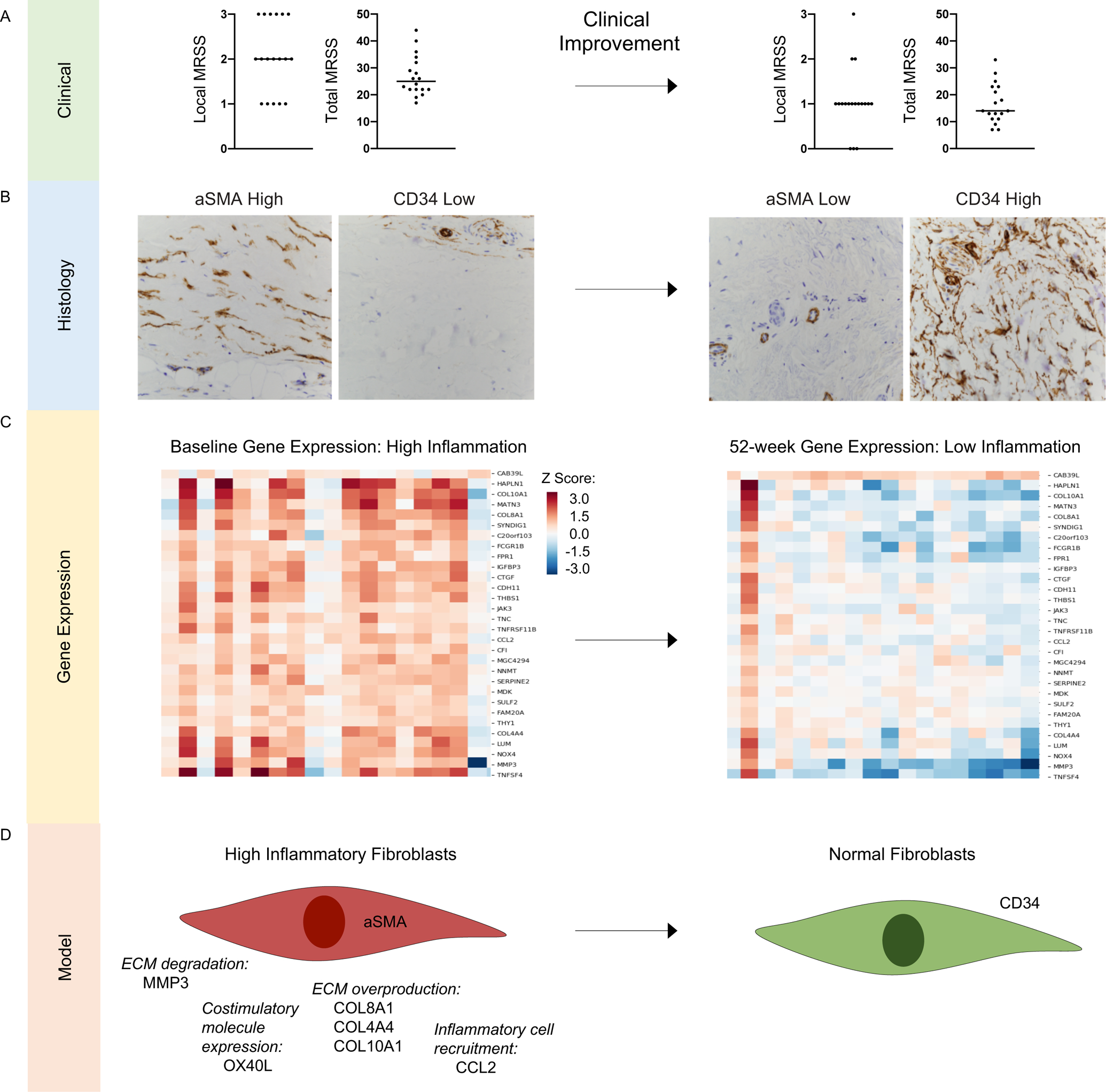Figure 5. Model integrating analysis of clinical, histologic and gene expression features of clinical improvement.

A. Baseline (left) and 52-week (right) total and local modified Rodnan skin score (MRSS) among 18 individuals with diffuse cutaneous systemic sclerosis (SSc) who experienced 52-week clinical improvement, defined by the Combined Response Index in SSc (CRISS) ≥0.6. Baseline median total MRSS is 25 and local MRSS is 2; 52-week median total MRSS is 14 and local MRSS is 1. B. Representative fibroblast stains (magnification 40X) at baseline (aSMA high and CD34 low) and 52-weeks (aSMA low and CD34 high) in an individual who experienced clinical improvement. C. Gene expression heatmap of 30 significant aSMA/CD34 polarization genes differentially expressed from baseline to 52 weeks (N=18 skin samples) from individuals who experienced clinical improvement from baseline to 52 weeks. D. Model proposing that fibroblast polarization is a hallmark of clinical severity in SSc. ECM=extracellular matrix.
